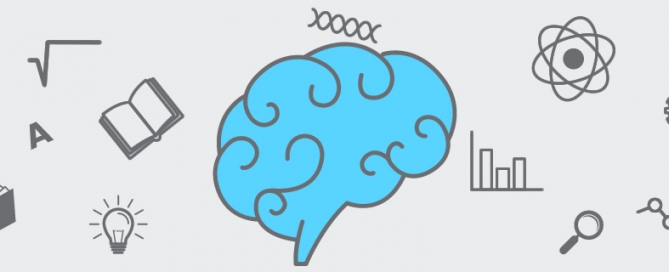In an era of information overload and testing mania, it might seem ironic that when it comes to teaching, less is more. But emerging research suggests that presenting selective information to students at their own pace and academic level is essential to helping them retain and recall information.
Cognitive load theory, which takes a scientific approach to the design of learning materials, identifies several steps in the learning process. Information about the world around us is filtered through our sensory memory and then moved into working memory, where it is either discarded or retained, and then passed into long-term memory, where it is organized into “schema” that can easily be retrieved. Schemas are scripts of information that guide our behaviours and our knowledge of the environment. Those that are retrieved repeatedly (such as how to ride a bike, brush our teeth, or read text) become automatic and allow us to live and work without the need for concentration.
It’s an efficient system, but it’s important to keep in mind that working memory is designed to hold only a discrete amount of information at one time—typically five to nine “chunks.” That’s why, for most students, simplicity is the key to moving information through working memory and into long-term storage. Children who have difficulty holding a significant number of concepts or facts in their mind at once simply cannot process the information effectively. How can teachers help?
By using multiple modes of instruction, educators can streamline the amount of information that students are juggling. Auditory and visual information are processed separately in working memory, and by employing both channels, teachers can deliver important information to students with a greater chance of retention. Because the brain is very good at processing information that exists in long-term memory, teachers should introduce ideas that create schema that the brain can reference when learning new and more difficult information. By first determining what concepts students already know (existing schema), educators can build on them more effectively.
Teachers can also lighten the brain’s cognitive load by breaking problems down into parts. For example, text and images should be presented sequentially instead of simultaneously to avoid information overload. Examples of completed or partially solved problems can also reduce the number of concepts introduced into working memory while still providing important practice strategies that help to build schemas. Streamlining audio and visual information can also be effective. By integrating labels into diagrams instead of adding them as a separate graphic, or eliminating extra noise like music or voices while lecturing, teachers can often reduce the cognitive load in the student’s working memory and help maintain their attention.
Resources:
Bilash, O. (January 2011). Cognitive Capacity and Cognitive Overload, www.educ.ualberta.ca
https://bestofbilash.ualberta.ca/dr.b%20bio.html
Cognitive Load Theory: Helping People Learn Effectively, Mindtools.com
http://www.mindtools.com/pages/article/cognitive-load-theory.htm
Sweller, J. (1994). Cognitive Load Theory, Learning Difficulty, and Instructional Design, Learning and Instruction, 4, 295-312.
http://coral.ufsm.br/tielletcab/Apostilas/cognitive_load_theory_sweller.pdf
')}



